One of the habits of highly successful people is the art of visualizing what they aim to achieve in a day, season of life, and in their lifetime. They visualize their goals by using different strategies such as a vision board, mental visualization, and journaling. Celebrities such as Jim Carrey, Drake, J.K. Rowlings, Will Smith, Micheal Phelps, Tiger Woods, and Oprah Winfrey have all attributed visualization as a factor in their success. As the saying goes “Be careful what you ask for, you might get it.” Our subconscious mind doesn’t distinguish between fact, fiction, and reality. Research shows that 95% of our day is spent in the subconscious mind, we are on autopilot most of the time, thinking the same thoughts, ruminating on the same things, and making the same decisions.
Until you make the unconscious conscious, it will direct your life and you will call it fate. – Carl Jung
The Subconscious Mind: Running on Autopilot 1
When we’re running on autopilot, a primitive, or subconscious, part of our mind drives our reactions. Astonishingly, our subconscious stores every single experience we ever have. This however isn’t just a neutral storehouse for facts and figures; it’s emotional, reactive, and irrational. Every moment of every day, this subconscious mind is shaping the way we see the world; it is the primary driver of most of our (often automatic) behaviors.
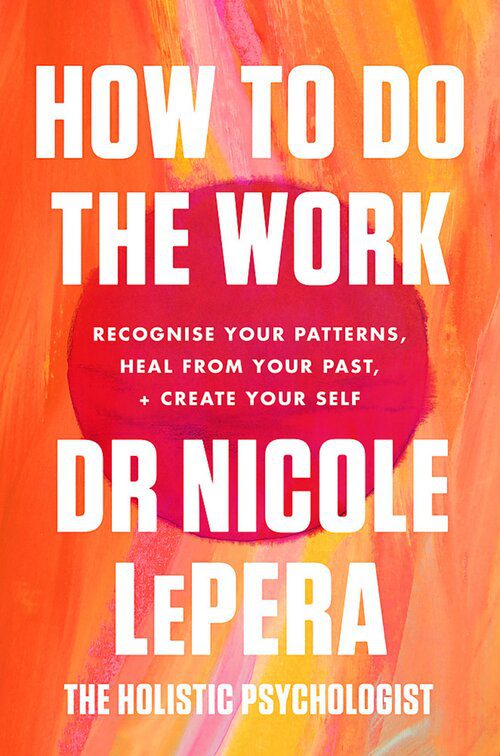
Anytime we are not fully conscious, our subconscious mind is hard at work being “us.” How we think, speak, and respond—all of this comes from the subconscious part of ourselves that has been conditioned by thoughts, patterns, and beliefs that became ingrained in our childhoods through a process called conditioning. Running on autopilot is a function of our conditioning. Most of us are stuck in subconscious programming; in fact, some brain scans reveal that we operate only 5 percent of the day in a conscious state; the rest of the time, we are in subconscious autopilot. This means that we are making active choices during only a small sliver of our days and letting our subconscious run the show the rest of the time.
Most of us are stuck in subconscious programming; in fact, some brain scans reveal that we operate only 5 percent of the day in a conscious state; the rest of the time, we are on subconscious autopilot.
Your subconscious mind 2 is the gatekeeper of your comfort zone. It is also the realm in which you can either habituate yourself to expect and routinely seek the actions that would build and reinforce the greatest success, happiness, wholeness, or healing of your life.
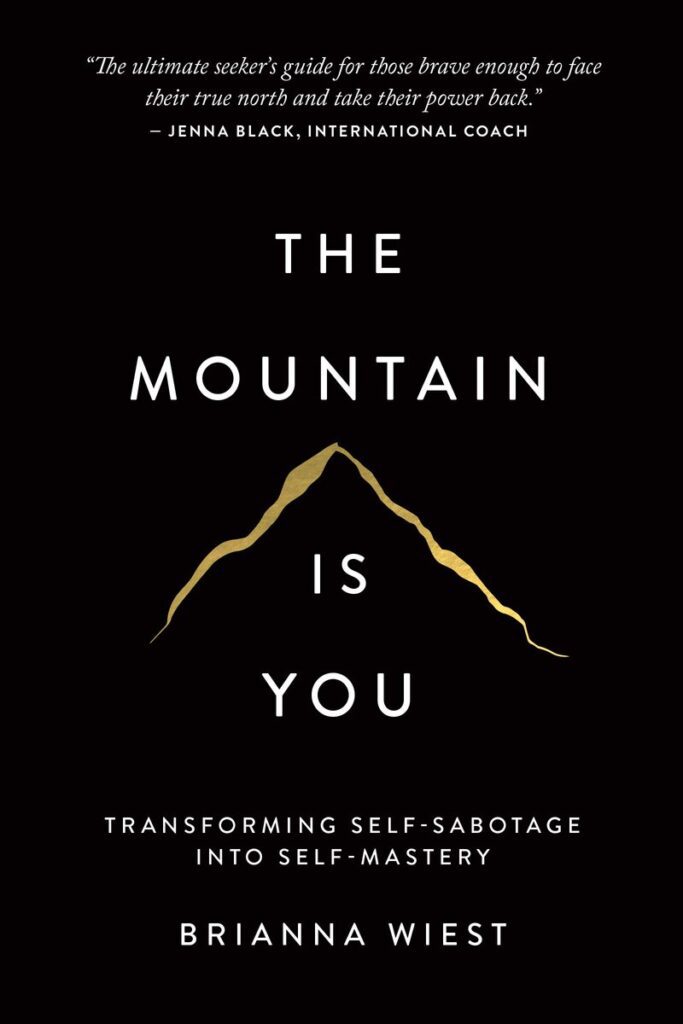
At any moment in time, your brain is inundated with stimuli. To help you process, your conscious mind is aware of about 10% of it or less. Your subconscious mind is still paying attention, logging away information you might one day need. However, what determines what makes it to that 10% of our conscious awareness has a lot to do with what we already believe. Our brains are literally working to filter out information that does not support our preexisting ideas, and then to draw our attention to information that does. This means that we are subject to a “confirmation bias,” which is that we literally seek out and sort through stimuli that support what we want to think.
To live a more conscious life requires turning the unconscious into the conscious through self-awareness, visualizing, meditating, and staying grounded. One of the habits that have practiced consistently in the past couple of months is the art of visualizing how I want to spend my day. The first thing I do when I wake up daily is to visualize my day, after which I meditate for 15-20 minutes and journal about the goals and priorities I want to align my day with.
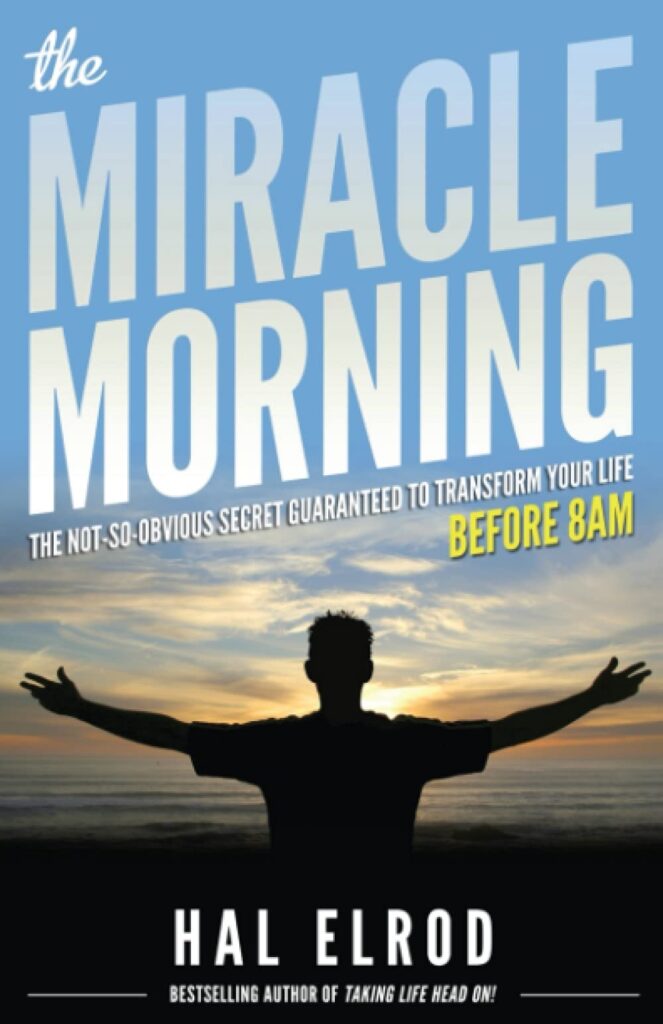
I started waking up at 4 AM during weekdays and 6 AM on weekends after reading the very influential book titled: The Miracle Morning: The Not-So-Obvious Secret Guaranteed to Transform Your Life (Before 8 AM) 3 by author Hal Elrod. He shared the SAVERS framework for developing a morning routine- SAVERS: Silence, Affirmation, Visualization, Exercise, Reading, and Scribing.
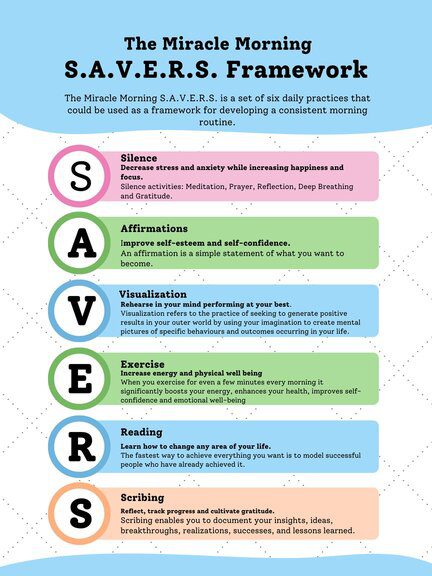
The Power of Visualization
Visualization, also known as creative visualization or mental rehearsal, refers to the practice of seeking to generate positive results in your outer world by using your imagination to create mental pictures of specific behaviors and outcomes occurring in your life. Rehearse in your mind performing at your best. Visualization is the process of imagining exactly what you want to achieve or attain, and then mentally rehearsing what you’ll need to do to achieve or attain it.
Ordinary people believe only in the possible. Extraordinary people visualize not what is possible or probable, but rather what is impossible. And by visualizing the impossible, they begin to see it as possible. —CHERIE CARTER-SCOTT
Creative Visualization enables you to design the vision that will occupy your mind, ensuring that the greatest pull on you is your future—a compelling, exciting, and limitless future. Visualize your major goals, deepest desires, and most exciting, would-totally-change-my-life-if-I-achieved-them dreams. See, feel, hear, touch, taste, and smell every detail of your vision. Involve all of your senses to maximize the effectiveness of your visualization. The more vivid you make your vision, the more compelled you’ll be to take the necessary actions to make it a reality.
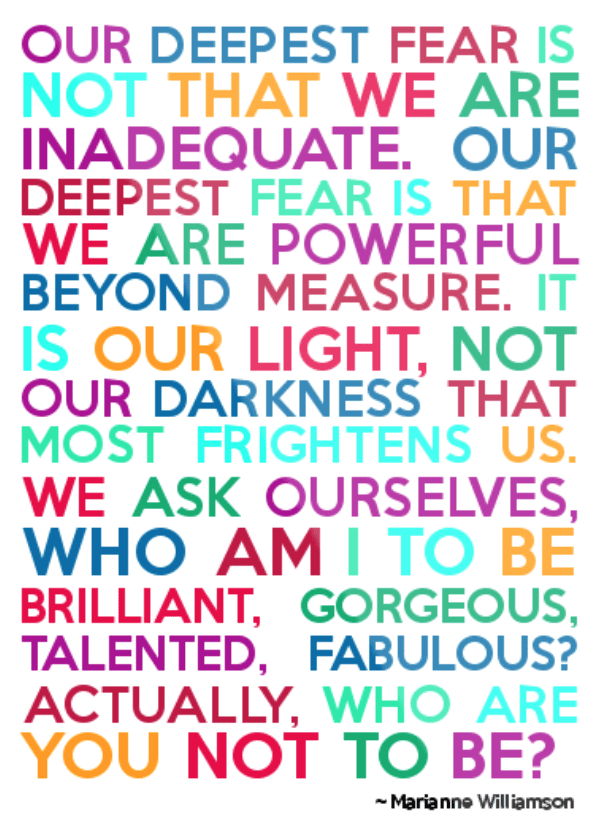
Elite athletes understand this. They are masters of visualizing their goals 4. In fact, visualization has been the difference between the good and the greatest performers at the highest level of nearly every major international sport. The Olympic swimmer Michael Phelps was famous, all the way back as a teenager, for visualizing his split times down to the tenth of a second during training and nailing them lap after lap. Before every single shot, the Australian golfer Jason Day steps back behind his ball, closes his eyes, and visualizes his approach—from his address to his backswing, all the way through contact, and picturing the ball hitting where he’s aimed.
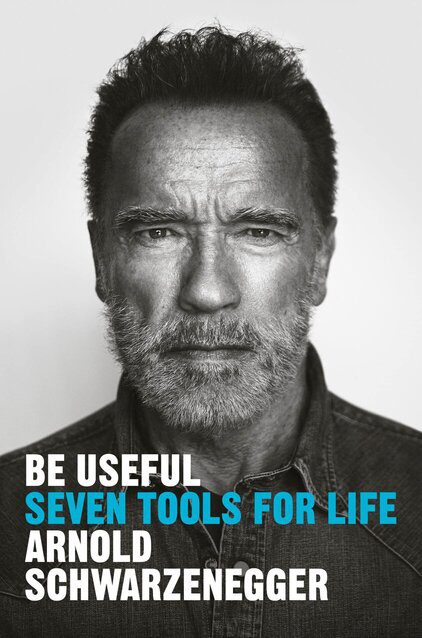
During his multiple world championship seasons, the German Formula One driver Sebastian Vettel was known for sitting in his car before qualifying sessions with his eyes closed visualizing every turn, every gear shift, every acceleration and braking zone. Nowadays, nearly every driver on the Formula One grid can close their eyes, put their hands out in front of them like they’re holding a steering wheel, and take you through a hot lap on the circuits they visit every season.
The reason they do this is because to do what they do at a high level is incredibly difficult. Just to get into the elite ranks and be competitive takes an insane amount of effort and skill and practice. If you want to win, you need more than just ability and desire. You can’t hope your way into the winner’s circle. You need to see your way there. If you watch most great mixed martial artists train, at the end of a three- or five-round sparring session they will get up and circle the mat with their arms raised in victory. They are visualizing the outcome of their next fight. “What you can ‘see’ you can ‘ be,’ ” as the sports psychologist Don Macpherson has famously said. You need to be able to see what you want to achieve before you do it, not as you do it. That’s the difference.
If you want to win, you need more than just ability and desire. You can’t hope your way into the winner’s circle. You need to see your way there.
Meditation
- Daily Calm with Tamara Levitt – World Compassion Day
- Before we can extend compassion outwards to others, we must first cultivate it within. It is common for many of us to treat others with more care than we offer ourselves. When supporting a friend or loved one, it can feel easy to offer kindness, empathy, and a desire to reduce their suffering. But in our relationship with ourselves, we can descend into self-judgment, berating ourselves for not having a kind of job or the right relationships, we might not feel good enough, attractive enough, or smart enough.
- But rather than breaking ourselves down as motivation, it is much more effective to use self-compassion to build ourselves up. Self-compassion involves creating a space within ourselves that is free of judgment, a place where we can respond to our frustrations and failures with kindness and care.
- Learn to find compassion for your limitations, failures, and challenging circumstances. When your inner voice starts with criticisms counter them with love. Offer yourself the same love and compassion you would offer a best friend and in turn, you will become your own best friend.
Do you want to meet the love of your life? Look in the mirror. — Byron Katie
- Daily Jay with Jay Shetty – Inner Net
Podcast
- Rick Rubin: UNLOCK Your Creativity TODAY! (Do This Habit to FLOW)
All the best in your quest to get better. Don’t Settle: Live with Passion.
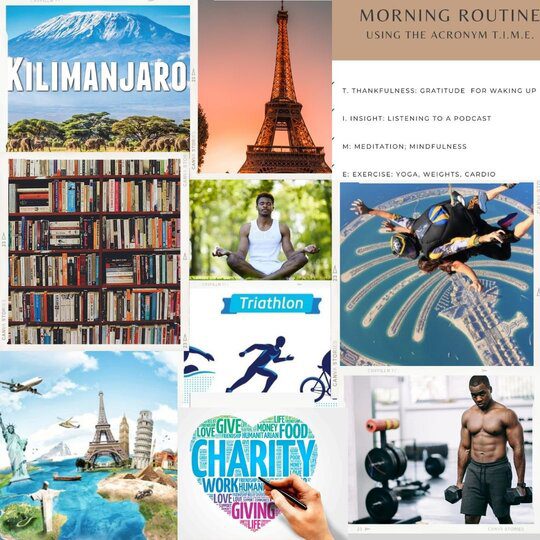
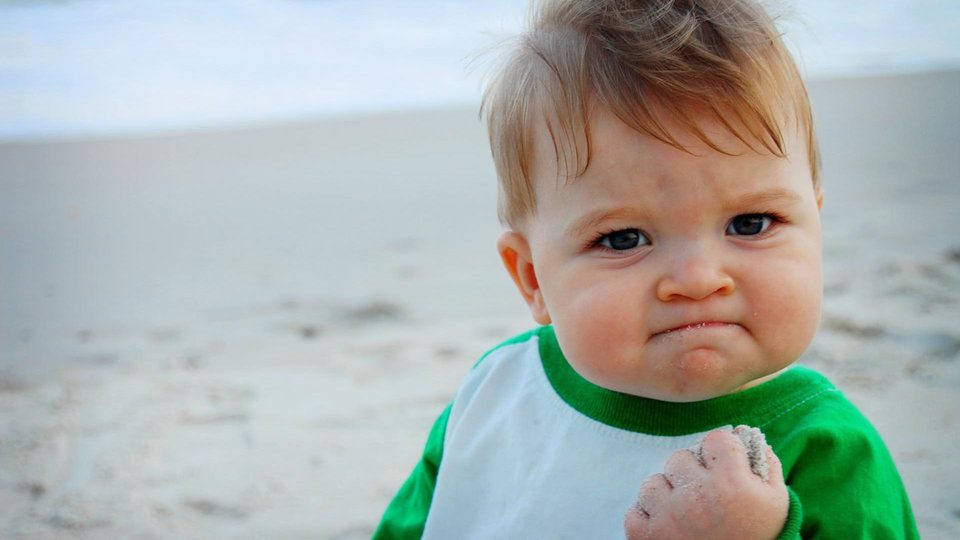
Comments are closed.